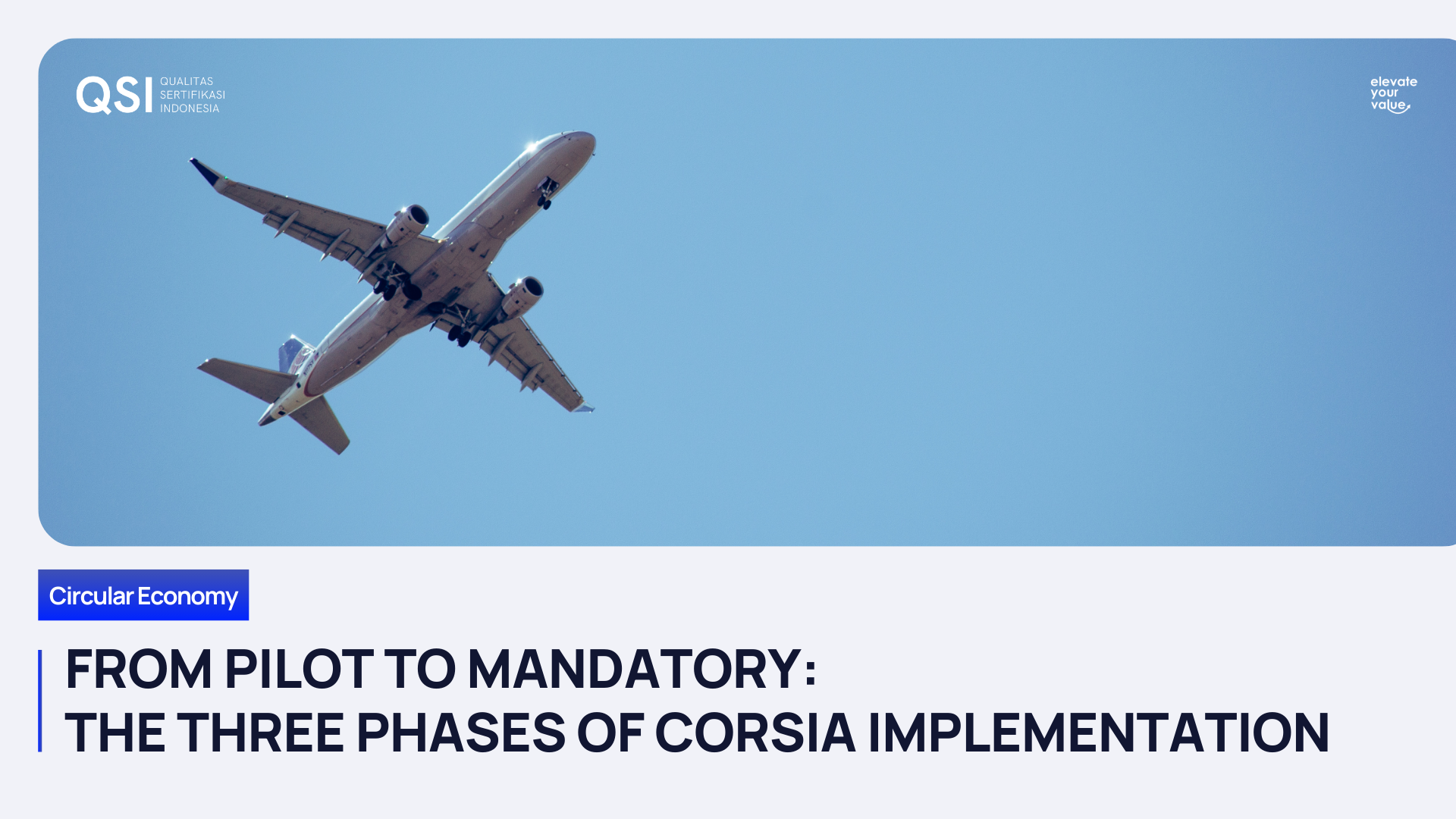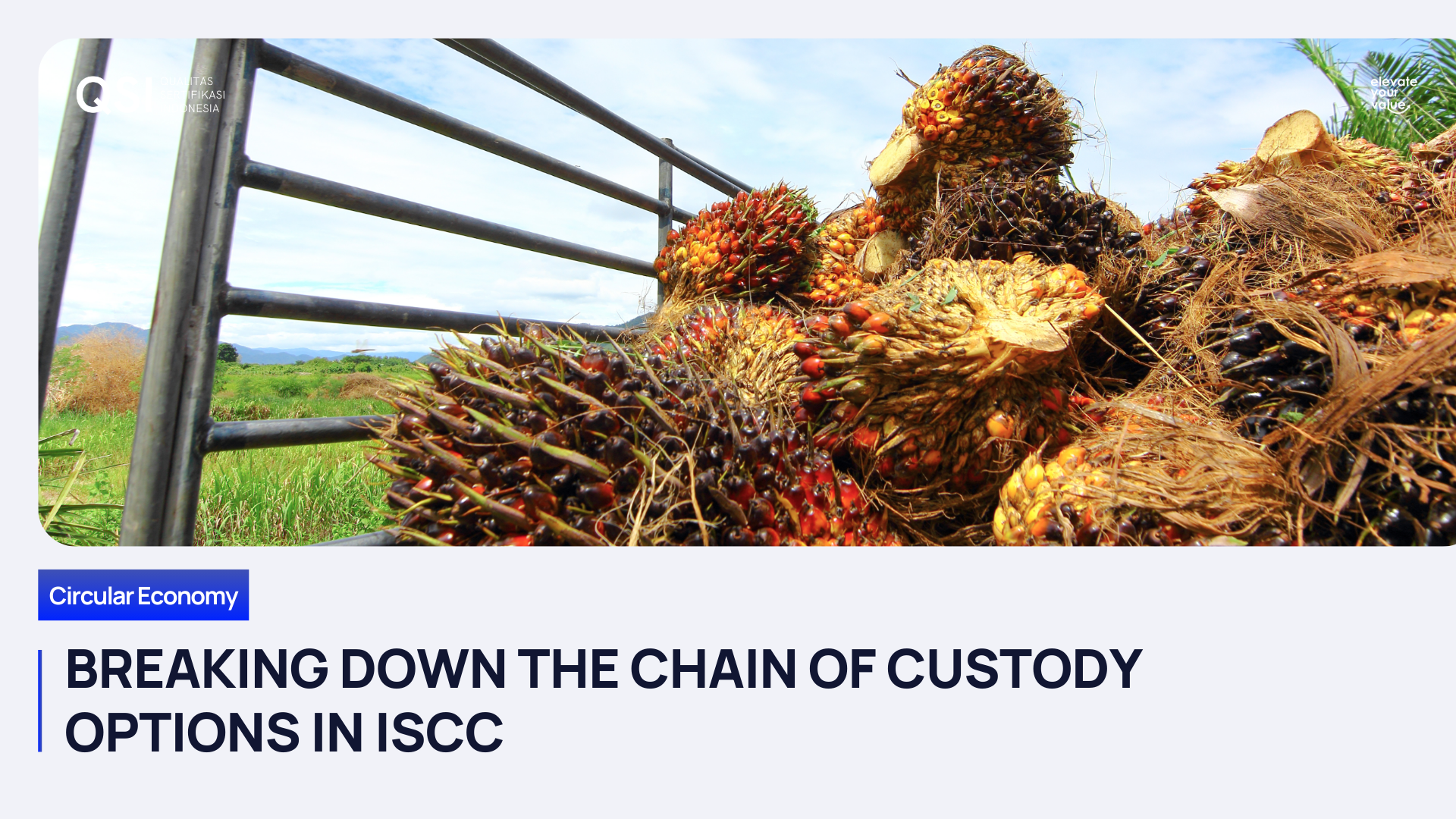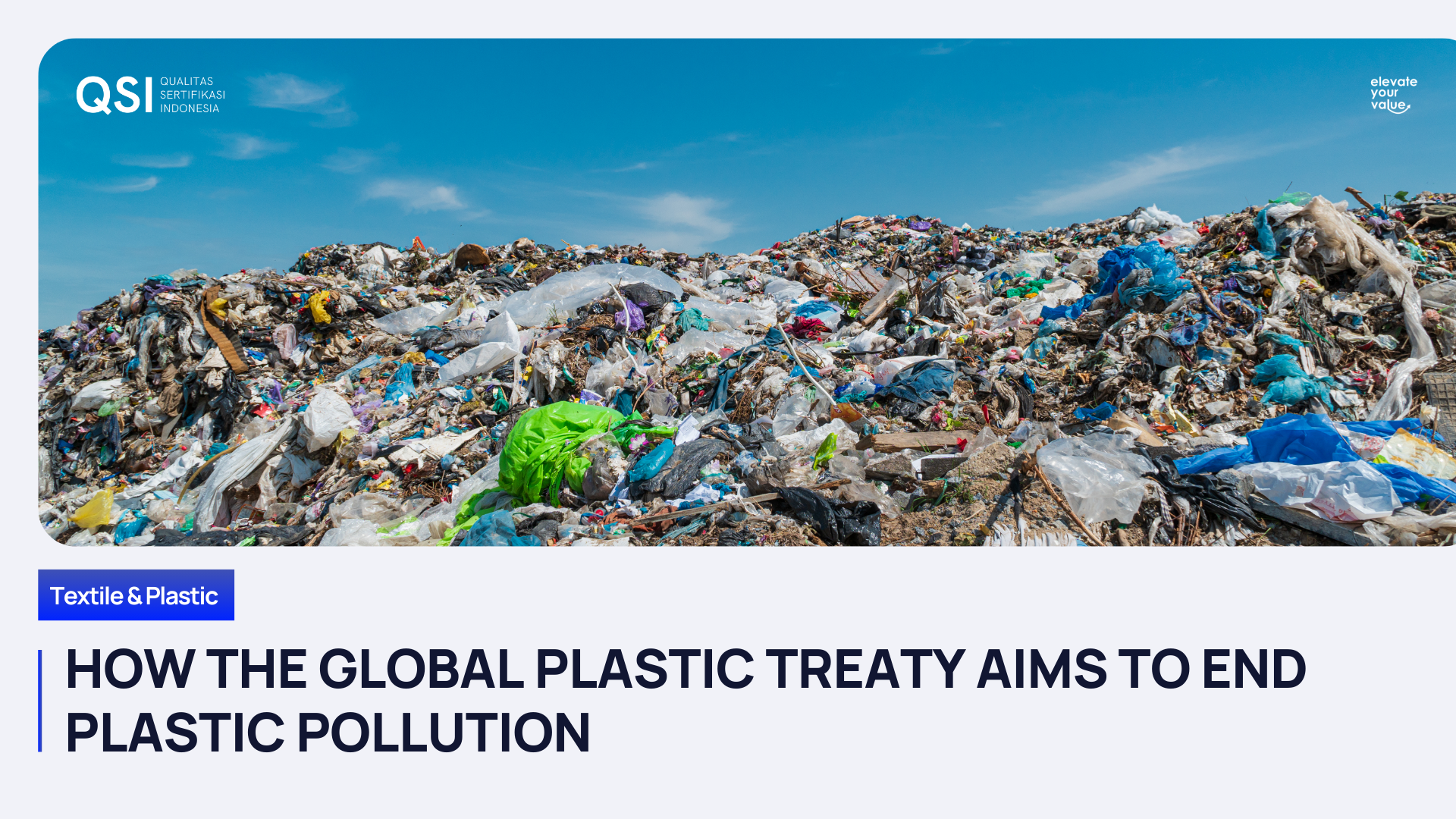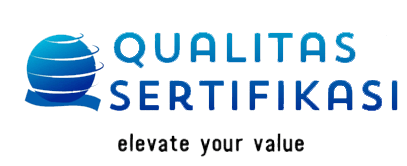Kenali Jenis-jenis Sertifikasi Seputar Kain dan Bahannya

Pakaian sejak zaman dahulu dikenal sebagai salah satu dari tiga kebutuhan primer manusia. Kini, dunia mode pun terus berkembang dengan bermunculannya merek-merek baru, termasuk dari segi Usaha Kecil Menengah (UKM). Berdasarkan data Badan Pusat Statistik (BPS), Produk Domestik Bruto (PDB) Atas Dasar Harga Konstan (ADHK) industri tekstil dan pakaian jadi pada 2021 mencapai angka Rp 127,43 triliun.

Tapi sejauh ini, tahukah teman-teman jika kain itu ada banyak jenis dan bahan dasarnya? Setidaknya untuk saat ini, ada dua jenis serat yang digunakan sebagai bahan dasar kain, yaitu serat alami dan buatan. Serat alami berasal dari tumbuhan maupun hewan, sementara serat buatan berasal dari bahan non-organik yang dikombinasikan dengan bahan kimia. Beberapa contoh serat yang saat ini banyak digunakan antara lain, kapas, sutra, wool, polyester, nilon, dan spandex.
Seiring dengan terus berkembangnya dunia mode, baik di dalam maupun di luar negeri, bermunculan pula kekhawatiran akan keberlangsungan lingkungan dan perhatian agar hal ini tidak semakin merusak bumi. Atas dasar pemikiran itu, muncul sebuah organisasi nirlaba global yang fokus pada industri serat dan material pilihan, Textile Exchange. Organisasi ini berupaya mengembangkan dan mengelola serangkaian standar agar industri kain dan serat bisa melakukan verifikasi klaim keberlanjutannya, mulai dari bahan mentah hingga produk akhir.

Didirikan pada 2002, Textile Exchange bekerja sama dan menjalin hubungan erat dengan semua rantai pasokan tekstil. Pihaknya berupaya mengidentifikasi dan membagikan praktik terbaik seputar pertanian, bahan, pemrosesan, keterlacakan, serta akhir masa pakai produk. Tujuannya, untuk menciptakan dampak positif pada air, tanah, udara hewan dan populasi manusia.
Textile Exchange sampai saat ini menetapkan ada delapan standar produksi dan pengelolaan tekstil. Dari semuanya, QSI berupaya menyediakan jasa sertifikasi untuk enam standard, yaitu RCS dan GRS, OCS, CCS, RDS, serta RWS (cta to link Textile Exchange QSI). Apa aja yang dimaksud dari standard-standard itu? Yuk, kita kenalan lebih jauh.
- RCS dan GRS
RCS merupakan singkatan dari Recycled Claim Standard dan GRS merupakan Global Recycled Standard. Dua hal ini berfokus pada penetapan persyaratan sertifikasi pihak ketiga yang akan melakukan daur ulang melalui rantai pasokan. Perbedaannya, GRS menambahkan kriteria tambahan untuk persyaratan pemrosesan sosial dan lingkungan, serta pembatasan bahan kimia.
- OCS
Organic Content Standard atau OCS menetapkan sejumlah persyaratan untuk sertifikasi jenis bahan organik. Tujuan dari OCS adalah meningkatkan produksi pertanian organic.
- CCS
CCS atau Content Claim Standard merupakan dasar dari semua standar yang dimiliki Textile Exchange. Standar ini memberikan perusahaan alat untuk memverifikasi satu atau lebih bahan spesifik ada dalam produk akhir.
- RDS
RDS atau Responsible Down Standard dimaksudkan untuk memastikan bahan bulu yang berasal dari hewan tidak mengalami cedera yang tidak perlu. Harapannya, standar ini bisa mempengaruhi industri bulu dan hewan, mendorong praktik yang menjaga dan menghormati binatang, seperti bebek dan angsa.
- RWS
Responsible Wool Standard (RWS) merupakan standard yang memiliki fokus pada kesejahteraan domba dan tanah tempat mereka merumput.

Itu tadi sekilas informasi seputar standar-standar yang berlaku di indutri tekstil, yang bertujuan untuk menjaga lingkungan dan alam, serta keberlanjutannya. Untuk yang mau tahu informasi lebih lengkapnya, bisa kepoin akun
media sosial QSI atau hubungin
kontak
yang tertera ya.







